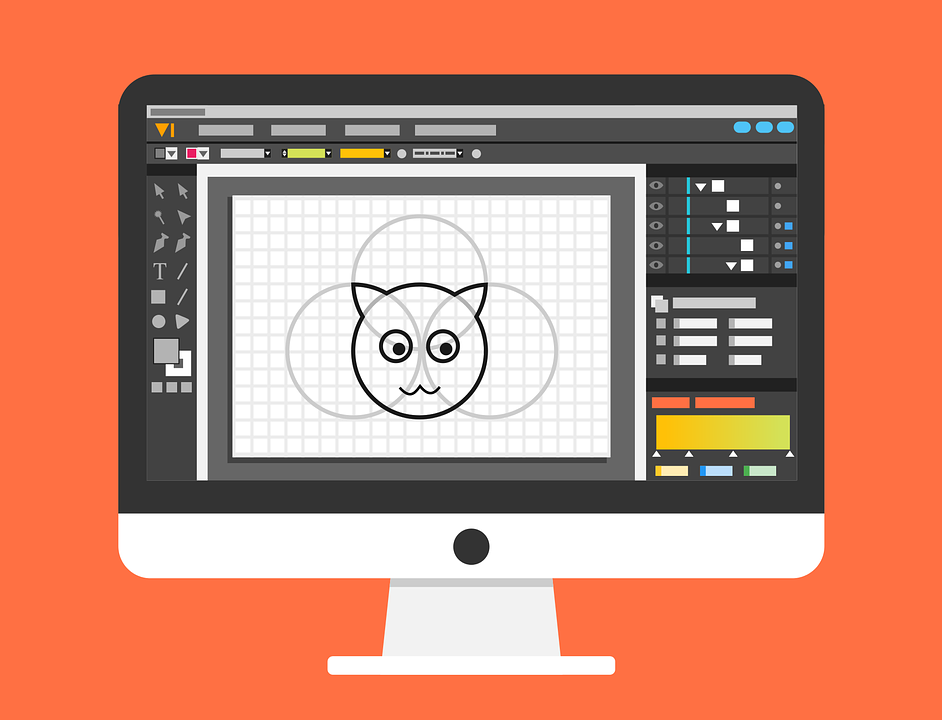Reading a lot of information all at once can be a tedious task, especially if it is filled with a lot of details and facts. Fortunately, with the advent of better technology, you don’t have to read through a massive wall of text to glean information. Pictures, graphs, and other visual support materials are now seamlessly incorporated into many texts to help the reader understand the topic better. Infographics are extremely popular across the internet because they are a preferred method of conveying ideas on a certain subject to readers. However, just like the old school essays you had to do, good infographics can’t just be slapped together. You need to think through each element thoroughly because they can independently make or break your infographic.

Selecting an Appropriate Font
There’s a reason why the Comic Sans font is hated across the internet: it’s childish, overused, and used in inappropriate settings to boot. You might not think that your font choice can make or break your infographic, but fonts make a big difference in how readers perceive your information. This means that if you are creating an infographic, you need to ensure that the typeface you choose fits your topic, theme, and purpose. In the business world, you need to select fonts that reflect a professional, business-like demeanor. Presenting a historical timeline of your business’ profits and insurance claims demands a serious typeface. On the other hand, if you are making an infographic about your company’s charity events and would like to make it more fun and approachable, then a casual, fun typeface can be used.
Choosing the Proper Color Scheme
Much like selecting the correct font, choosing the right color combination is an integral part of an eye-catching infographic. One general rule of thumb is to pick a primary color to work with and add one or two support colors. The color pallet you are working with should convey the emotion that you want to evoke in your viewers. For a more formal, business theme, blues and monochromatic solid grays, whites, and blacks can evoke a sense of seriousness and formality. On the other hand, bright reds, solid oranges, and pastel yellows can inject a sense of fun into your message.
Controlling Your White Space
In making an infographic, the elements you add aren’t your only content; the space in between them has almost as much impact. In fact, white space is one of the primary things you should consider next to the text, images, and colors. This negative space is valuable because it controls the readability of your content and what your readers focus on first, and it can actually improve their comprehension of your topic. If it’s too cluttered, people won’t read it, but if it’s too open, your audience may get bored.
Making an infographic for your business website is a great way to attract customers or convey information. Though infographics are different from the traditional paragraph-style of writing, they are capable of communicating similar amounts of data while grabbing and keeping your audience’s attention better than the traditional black-on-white ever did.
